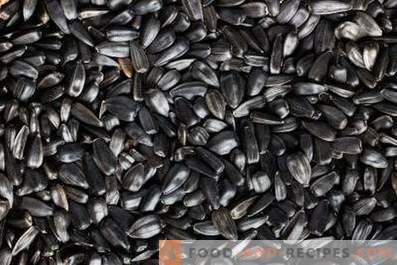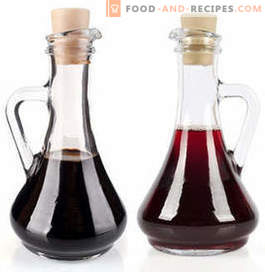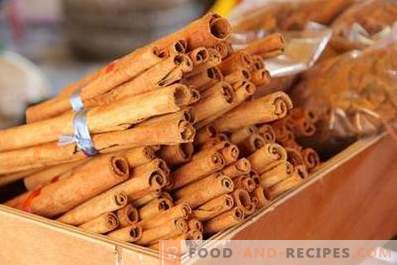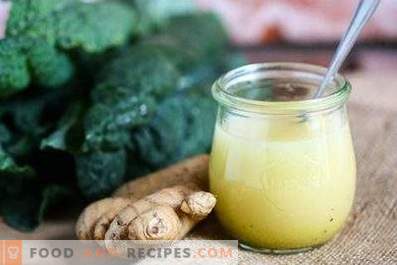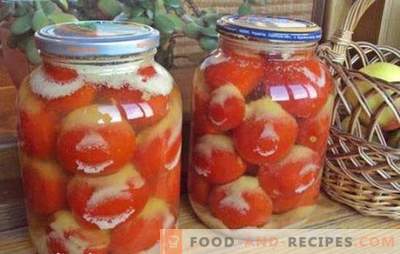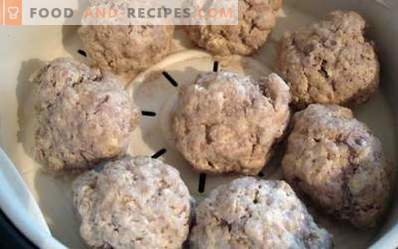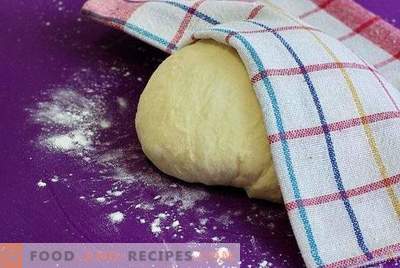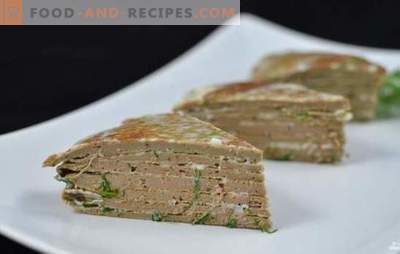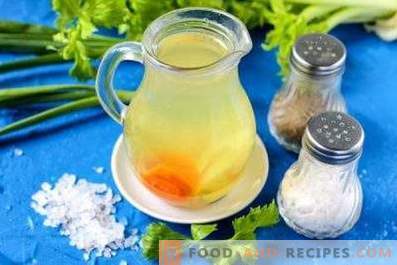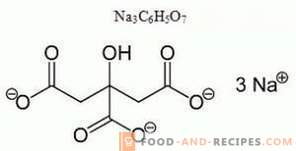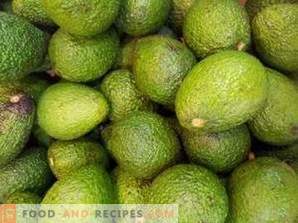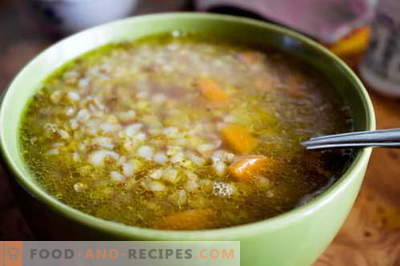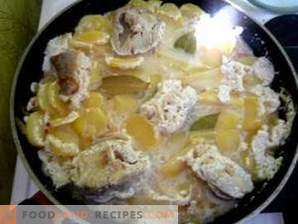
Mustard is one of the most famous seasonings, which is prepared on the basis of ground or whole seeds of a plant with the same name. The history of its use in cooking began more than five thousand years ago in India. In Europe, this seasoning appeared much later, but already in the Middle Ages it became incredibly popular. Especially appreciated it in France, where Dijon mustard, which is now famous all over the world, appeared.
Existing varieties
Nowadays there is a huge variety of mustard recipes, but each of them is based on a mixture of mustard seeds with sugar, vinegar, vegetable oil and water. Depending on the raw materials and various additives, there are many varieties of this seasoning. The most famous of them are:
- Dijon (medium-hot, spicy, with the addition of white wine);
- English (from slightly crushed seeds with the addition of cider or apple cider vinegar);
- Bavarian (granular, with a delicate flavor and hints of caramel);
- Russian (much sharper than European varieties);
- French (with a soft, sweetish taste and whole grains);
- American (has a mild spicy taste);
- fruit or Italian (moderate spicy, with the addition of pieces of fruit, white wine, spices and honey).
Mustard Varieties
At the heart of each variety is one of the three main varieties of the mustard plant.
White mustard is used most often in production. The color of its seeds is yellow or beige, and the taste, sweetish at first, gradually becomes more and more pungent.
Black mustard is common in Indian cuisine. It is much sharper, and the dark seeds are smaller.
Sarepta (gray, or Russian) mustard is the third type of plant. It has brown grains and a very bitter, burning taste after grinding.
How to choose?
When choosing mustard, pay attention not only to its name, but also to the composition of the product.
- Qualitative seasoning should be made on the basis of mustard seeds, and not mustard powder (product derived from seed cake).
- The composition of the natural product always contains only alcohol or wine vinegar, and in no case acetic acid.
- Mustard should not contain sweeteners, dyes, stabilizers, antioxidants, fragrances and flavors.
- Natural mustard contains not rapeseed, sunflower or soybean, but only mustard oil.
Choose seasoning in a transparent glass container to be able to properly study its appearance. Crust, oil droplets or bubbles on the surface of the product speak of its poor quality.
How to store?
Storage conditions depend on the type of product. In stores, mustard is available both in powder and in the form of ready-made seasoning.
Ready mustard is recommended to be stored in cool conditions and without access of light. If you purchased a natural product, its shelf life at a temperature not exceeding +5 ° C is 60 days. The same seasoning at a higher temperature in the refrigerator can be stored no more than 45 days. The shelf life of mustard containing preservatives can be extended to 90 days. Freezing the product is not recommended.
To store the powder, low humidity (less than 75%) and lack of light are necessary. Well fit sealed and opaque packaging. In such conditions, at a temperature of about +20 ° C, the product retains its freshness up to six months.
